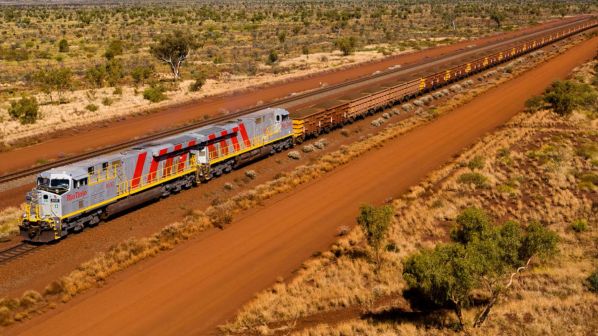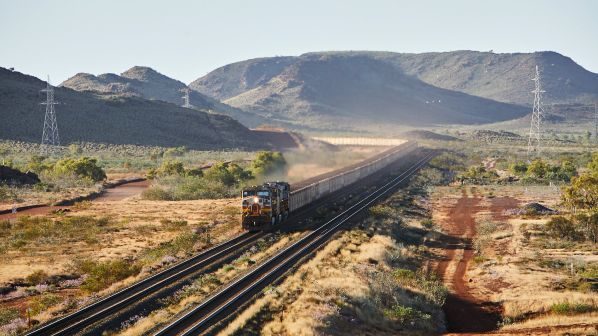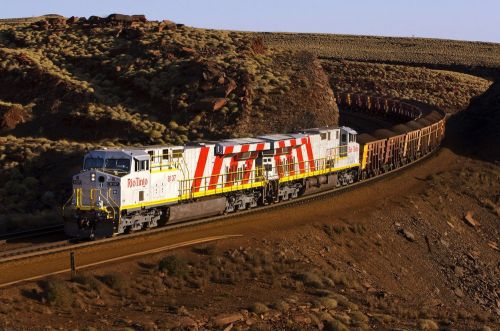HITACHI Rail is due to begin the third and final phase of the project to upgrade the interlocking system used on Rio Tinto’s autonomous heavy haul rail network in the Pilbara region of Western Australia.
Rio Tinto operates an integrated system of 17 iron ore mines and four port terminals connected via a 1900km railway network. AutoHaul, the world’s first fully autonomous heavy-haul rail operation where trains operate without drivers across the network, was launched in June 2019. It is now capable of moving about one million tonnes of iron ore a day with a fleet of 221 locomotives hauling 2.4km-long trains, which are monitored remotely from an operation centre in Perth.
The contact with Hitachi Rail, which developed and delivered the automated train management system for AutoHaul, also included a major project to replace the Integrated Control and Supervision System (ICSS) that supports the network’s operation.
Following the completion of phases 1 and 2 to replace the existing interlocking system and supporting wayside equipment across a 100km stretch of the Tom Price line and 200km of the Yandi line, Phase 3 will focus on the Paraburdoo Line and is expected to be completed in 2025.
Program director, Mr Mazahir Yusuf, says the massive and complex task of replacing Rio Tinto’s interlocking system is aimed at eliminating potential safety, operational and efficiency risks. “Our focus is on supporting Rio Tinto to future proof their network with an innovative, scalable and flexible solution,” he says.
The three-year, eight-stage project replaces the existing ICSS MicroTrax interlocking system with a Hitachi Rail-designed MicroLok II interlocking, which is designed to optimise network throughput, on-time operation and life cycle costs, while also minimising faults and failures.
The updated ICSS also allows for integrated, centralised and local train control and monitoring, as well as supervision of wayside subsystems. The computer-based interlocking system performs key wayside functions, both in the field and remotely, such as train detection and track circuit integrity, and can “self-diagnose” and send alerts back to the control centre.
Hitachi says the MicroLok II can monitor multiple lines and crossings to move freight safely and efficiently. The system’s functions including train detection, track circuit integrity, coded track circuit communication, cab signalling code generation and event recording. It also includes a vital interlocking code and a code system for nonvital control and indications.




